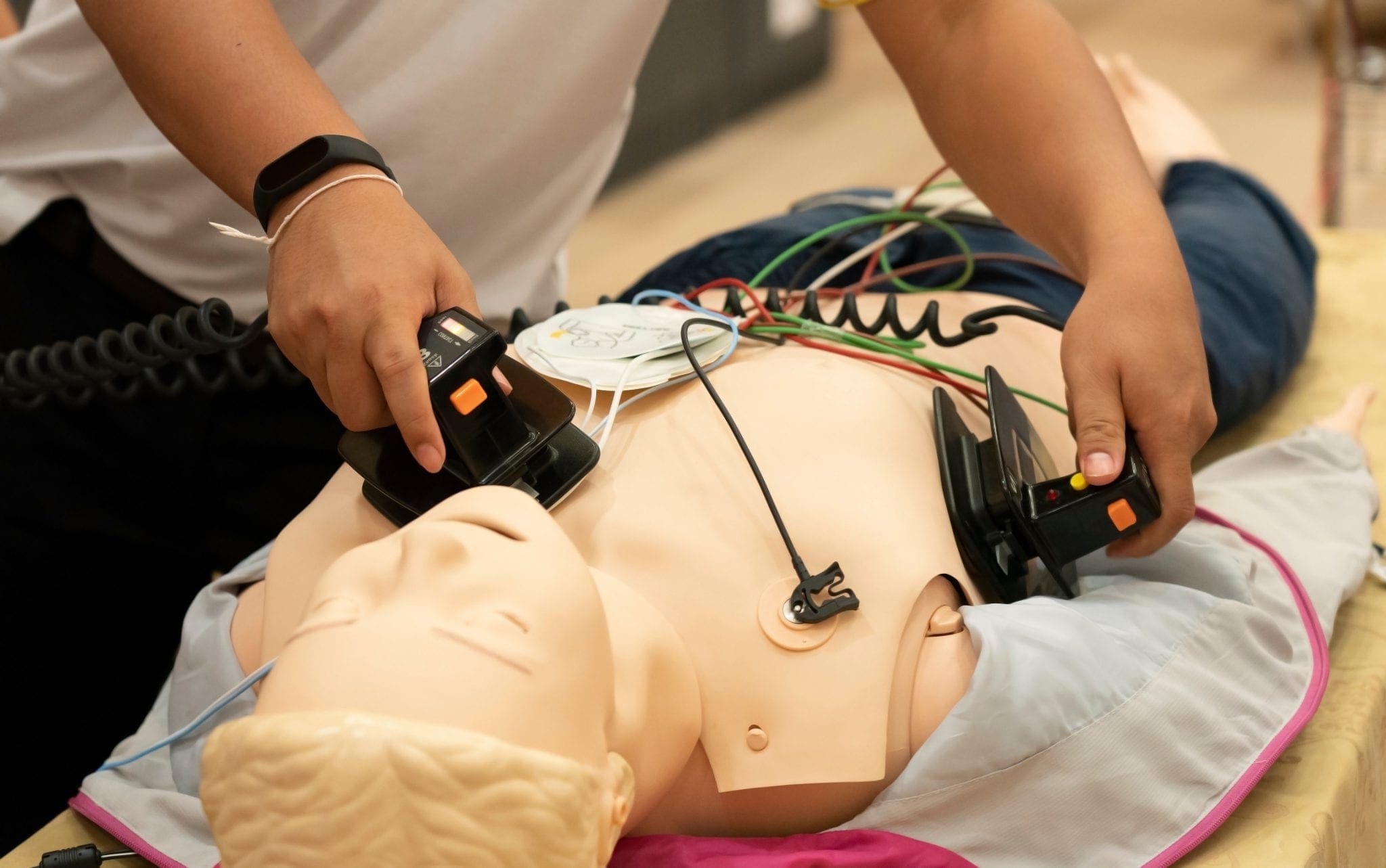Mastering ACLS protocols is essential for healthcare providers who respond to cardiovascular emergencies. This quiz will test your knowledge on key aspects of ACLS, from recognizing arrhythmias to understanding the correct administration of medications. Sharpen your skills and ensure you’re prepared for any critical situation. Good luck, and remember, every question is a step towards saving lives!
We recommend that you do not leave the page that you are taking this quiz in. Stay honest 🙂
ACLS Test Quiz Questions Overview
1. What is the first step in the ACLS Primary Survey?
Check for responsiveness
Administer oxygen
Start chest compressions
Attach defibrillator pads
2. Which drug is commonly used for the treatment of ventricular fibrillation during ACLS?
Adenosine
Atropine
Amiodarone
Epinephrine
3. What is the recommended compression-to-ventilation ratio for a single rescuer performing CPR on an adult?
15:2
30:2
10:1
20:2
4. Which rhythm is shockable according to ACLS guidelines?
Asystole
Pulseless electrical activity (PEA)
Ventricular fibrillation
Normal sinus rhythm
5. During ACLS, what is the recommended dose of epinephrine for cardiac arrest?
1 mg every 3-5 minutes
0.5 mg every 3-5 minutes
2 mg every 5-10 minutes
0.1 mg every 1-2 minutes
6. Which of the following is NOT part of the H’s and T’s of ACLS?
Hypovolemia
Hypoxia
Hyperthermia
Tension pneumothorax
7. What is the appropriate action if a patient in cardiac arrest has a shockable rhythm after the first defibrillation?
Administer amiodarone immediately
Perform CPR for 2 minutes
Check for a pulse
Administer epinephrine immediately
8. Which airway management technique is recommended for a patient who is not breathing adequately but has a pulse?
Perform chest compressions
Administer rescue breaths
Defibrillate immediately
Administer epinephrine
9. What is the primary purpose of using an automated external defibrillator (AED) during a cardiac arrest?
To administer medications
To provide chest compressions
To deliver a shock to the heart
To monitor blood pressure
10. Which of the following is a sign of effective CPR?
Shallow chest rise
Weak pulse
Improved skin color
No change in patient condition
We recommend that you do not leave the page that you are taking this quiz in. Stay honest 🙂
Can Your Friends Do Better Than You in This Quiz?
Share this quiz with your friends and compare results.
Was this page helpful?
More Popular Health & Wellness Quizzes:
-
Bipolar or ADHD Quiz
-
Disability Qualification Quiz
-
Sexual Harassment Quiz
-
Puberty Quiz
-
Body Regions Quiz
-
Sepsis Quiz











